From the earliest days of human expression, the rich and diverse cultures of Africa have been indelibly marked by the vibrant hues and intricate patterns of printmaking. Akin to a palimpsest, African printmaking captures the tumultuous journey of this vast continent, weaving together tales of resilience and innovation, of deep-rooted traditions and ever-evolving modernity. In this journal, we delve into the captivating world of contemporary African printmaking, tracing its roots and exploring its techniques, artists, and global influence.
Throughout the annals of history, African printmaking has evolved and adapted, reflecting the shifting tides of colonization and independence movements. Colonizers brought with them new ideas and techniques that, despite their oppressive intentions, were absorbed by African artists and transformed into unique expressions of their own. As Africa emerged from the shadows of colonization, it found in printmaking a means to assert its identity and reclaim its cultural heritage.
Contemporary African Printmaking Techniques
Linocut
Linocut, a relatively modern printmaking technique, has found a home among African artists. Derived from the more ancient practice of woodcut, linocut involves carving an image into a sheet of linoleum, which is then inked and pressed onto paper. This medium has gained traction in Africa for its affordability and versatility, allowing for bold and expressive works.
Nigerian artist Bruce Onobrakpeya, for example, has achieved international acclaim for his innovative linocut prints. His work, inspired by the rich folklore and history of the Urhobo people, features powerful depictions of masquerades and mythical figures, rendered in stark relief against a backdrop of intricate patterns.
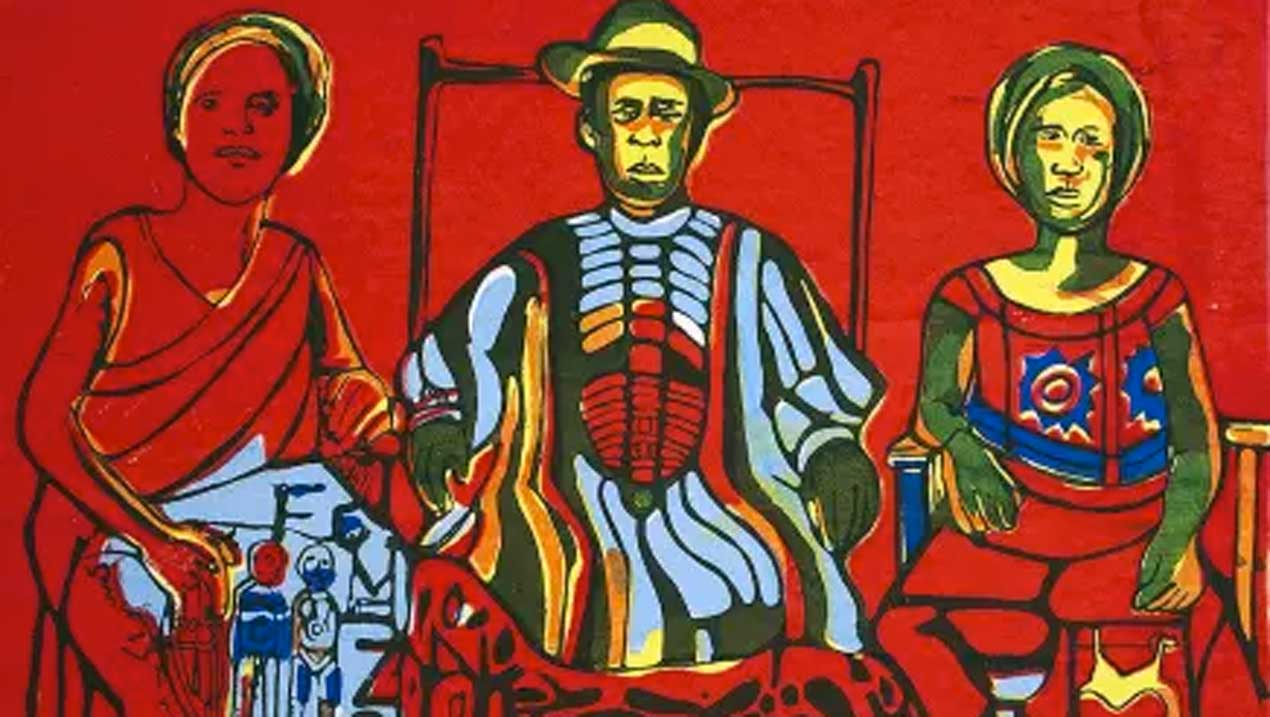
Woodcut
Woodcut, a technique with deep roots in Africa, remains a popular medium for contemporary African artists. This ancient form of printmaking, which involves carving an image into a wooden block and then printing it onto paper or fabric, has been practiced on the continent for centuries. African artists have long embraced the natural beauty of wood grain, incorporating its unique patterns and textures into their prints.
The South African artist John Muafangejo is a prime example of the enduring appeal of woodcut in Africa. Drawing upon his Ovambo heritage, Muafangejo’s work features mesmerizing scenes of daily life, spiritual rituals, and historical events, all rendered in the bold lines and stark contrasts characteristic of woodcut. His work has garnered international recognition and serves as an inspiration to countless African artists.
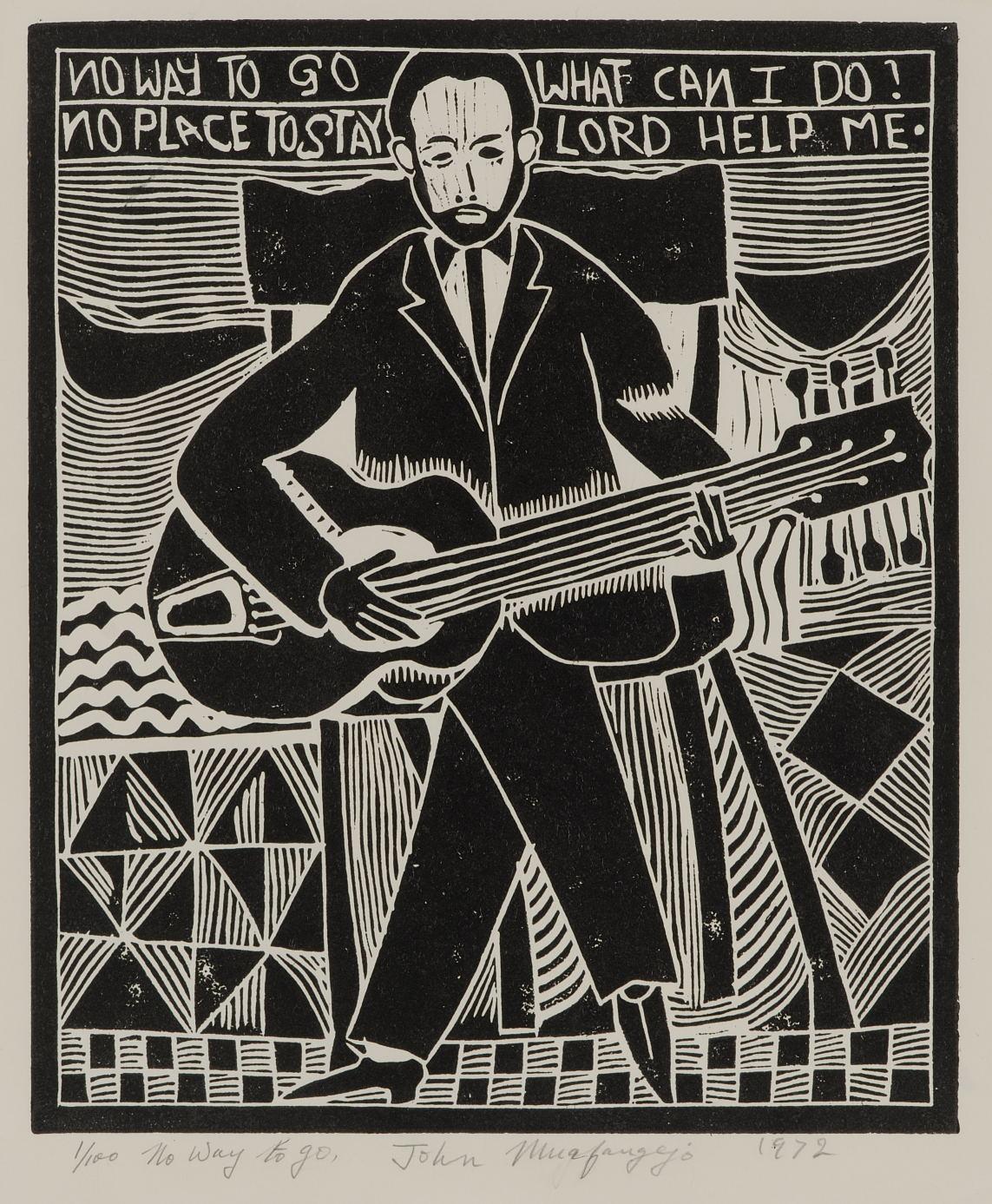
Screen Printing
Screen printing, a versatile and efficient technique, has become increasingly popular among African printmakers, particularly in the realm of textile design. This method, which involves pushing ink through a stencil-covered mesh screen onto paper or fabric, allows for the creation of intricate, multi-layered patterns and images.
The Ghanaian artist Atta Kwami is a pioneer in the realm of screen printing, using this medium to create vibrant, abstract compositions that reflect the visual language of Ghanaian kente cloth. His work not only honors the traditions of his homeland but also transcends them, marrying the ancient and the contemporary in a uniquely African aesthetic.
Etching and Intaglio
Etching and intaglio, printmaking techniques with European origins, have been embraced and adapted by African artists to create unique and powerful works. These methods involve incising an image onto a metal plate, which is then inked and pressed onto paper, resulting in a highly detailed and nuanced print.
South African artist Diane Victor is a master of etching and intaglio, employing these techniques to create haunting, evocative images that address issues of violence, social injustice, and the human condition. Her work, both visually arresting and deeply thought-provoking, serves as a potent reminder of the power of printmaking as a means of social and political commentary.
Key Artists and Their Works
El Anatsui
Ghanaian artist El Anatsui is a titan of the contemporary African art scene, renowned for his monumental installations and innovative printmaking techniques. Born in 1944, Anatsui’s artistic journey began with traditional wood carving before he embraced a range of printmaking methods, including linocut, etching, and intaglio.
Anatsui’s work, often composed of found materials such as bottle caps and aluminum, transcends the boundaries of conventional printmaking, weaving together elements of sculpture, painting, and textile art. His creations, like shimmering tapestries, are a testament to the adaptability and resilience of African art, reflecting the rich cultural heritage of the continent while also engaging with contemporary issues of globalization and environmental degradation.
Sue Williamson
South African artist Sue Williamson has long used printmaking as a means to address the social and political issues that have shaped her country’s tumultuous history. Born in 1941, Williamson emerged as a prominent figure in the resistance art movement during the apartheid era, using her art to give voice to the silenced and marginalized.
Williamson’s work, which encompasses a wide range of printmaking techniques, including etching, screen printing, and lithography, is marked by a commitment to social justice and a deep sense of empathy for her subjects. Her acclaimed series, “A Few South Africans,” features powerful portraits of anti-apartheid activists, rendered in a combination of photographic images and hand-drawn lines, while her more recent work explores themes of migration, displacement, and memory. In recognition of her contributions to the arts, Williamson has received numerous awards, including the prestigious Visual Arts Medal from the South African Academy of Arts and Science.
Chike Obeagu
Nigerian artist Chike Obeagu represents a new generation of African printmakers, seamlessly combining traditional and contemporary techniques to create visually striking and thought-provoking works. Born in 1975, Obeagu studied fine arts at the University of Nigeria, Nsukka, before embarking on a career that has seen him exhibit his work across the globe.
Obeagu’s art is deeply rooted in the rich cultural and artistic traditions of Nigeria, drawing inspiration from the vibrant colors and patterns of local textiles, the expressive power of masquerade performances, and the intricate motifs of traditional wood carving. At the same time, he embraces modern printmaking techniques, such as screen printing and digital processes, to create multi-layered, complex images that engage with issues of identity, history, and the human experience.
Impact of African Printmaking on the Global Art Scene
Contemporary African printmaking has made its mark on the international art stage, garnering recognition, awards, and a growing influence on artists from other cultures. As African printmakers showcase their work at exhibitions and biennales around the world, they are not only expanding the reach of their art but also contributing to a broader dialogue about the role of art in society and the importance of cultural exchange.
The influence of African printmaking can be seen in the work of numerous non-African artists who have adopted or adapted African techniques, often in collaboration with African artists themselves. Such cross-cultural exchanges not only enrich the global art scene but also serve to break down barriers, fostering understanding and respect between people of diverse backgrounds and traditions.
Moreover, the contemporary African printmaking movement plays a crucial role in preserving and promoting the continent’s cultural heritage. By reviving and adapting traditional techniques, African artists ensure that these ancient practices continue to thrive and evolve, contributing to a living history that is both a testament to the past and a beacon for the future.
In this journal, we have explored the rich tradition of contemporary African printmaking, delving into its techniques, key artists, and global impact. From the bold lines of linocut and woodcut to the intricate details of etching and intaglio, African artists continue to push the boundaries of printmaking, creating works that are both visually arresting and deeply meaningful.
Contemporary African printmakers, such as El Anatsui, Sue Williamson, and Chike Obeagu, have made their mark on the global art scene, winning awards and accolades for their innovative and powerful works. Their art, steeped in the diverse cultural heritage of the African continent, not only captivates viewers but also engages with pressing social and political issues, serving as a catalyst for change and dialogue.
As African printmaking continues to gain recognition and influence, it is essential to support and promote the work of African artists, ensuring that their voices are heard and their art is celebrated. By doing so, we can foster greater understanding and appreciation for the rich and dynamic culture of Africa, as well as contribute to a more inclusive and vibrant global art community.
In conclusion, the rich tradition of contemporary African printmaking is a testament to the resilience and creativity of the continent’s artists, who have adapted and innovated in the face of adversity, drawing from their ancestral roots while also engaging with the challenges and opportunities of the modern world. Through their art, African printmakers not only preserve and share their unique cultural heritage but also play a vital role in fostering cross-cultural dialogue and understanding, enriching the tapestry of the global art scene and helping to build bridges between people of all backgrounds and traditions.

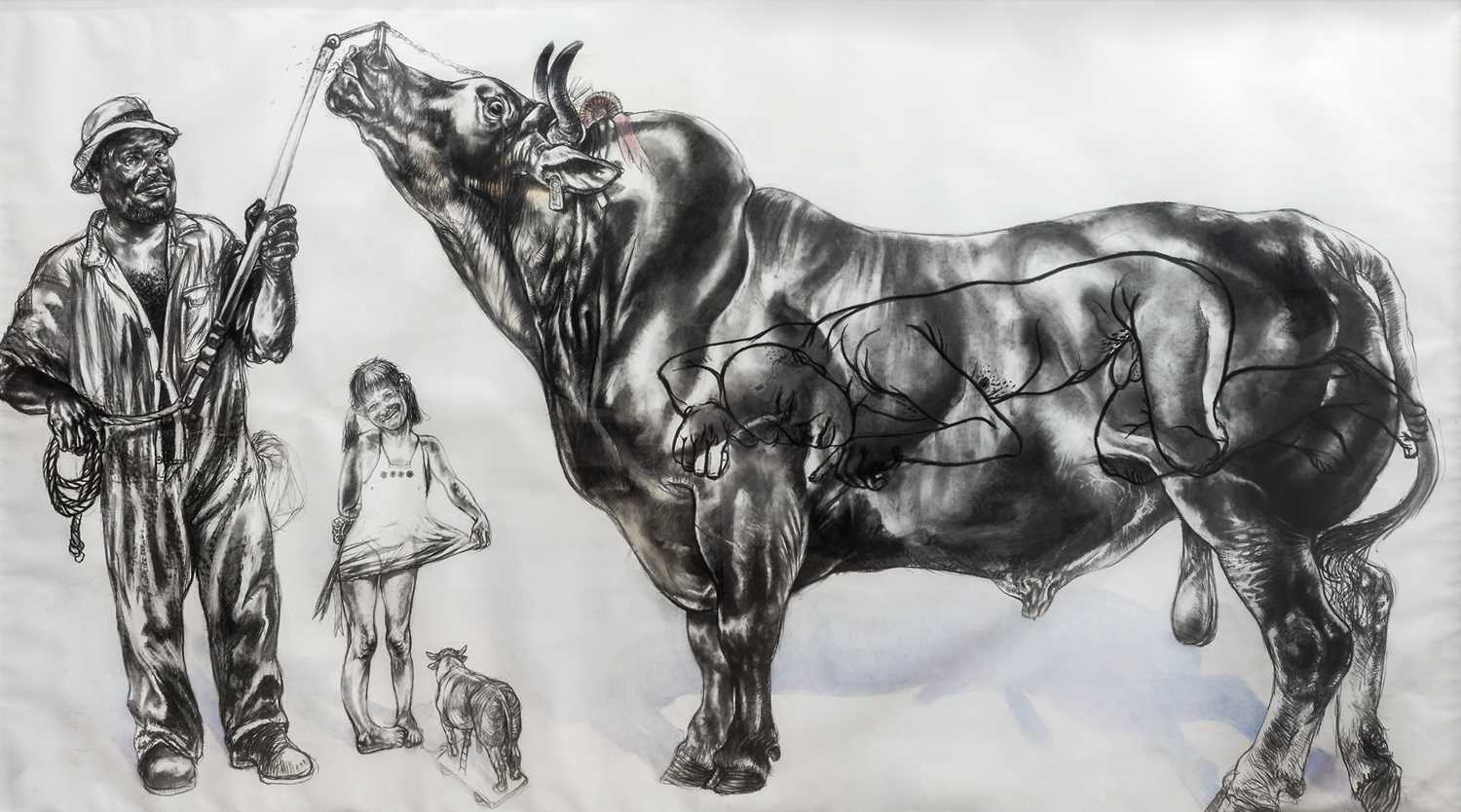
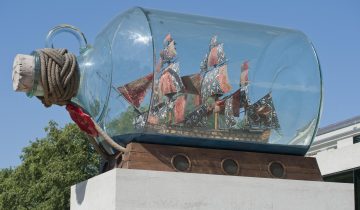
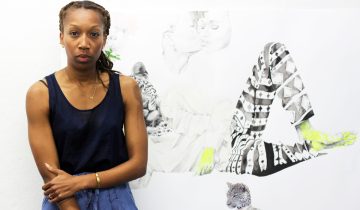

 No products in the basket.
No products in the basket.